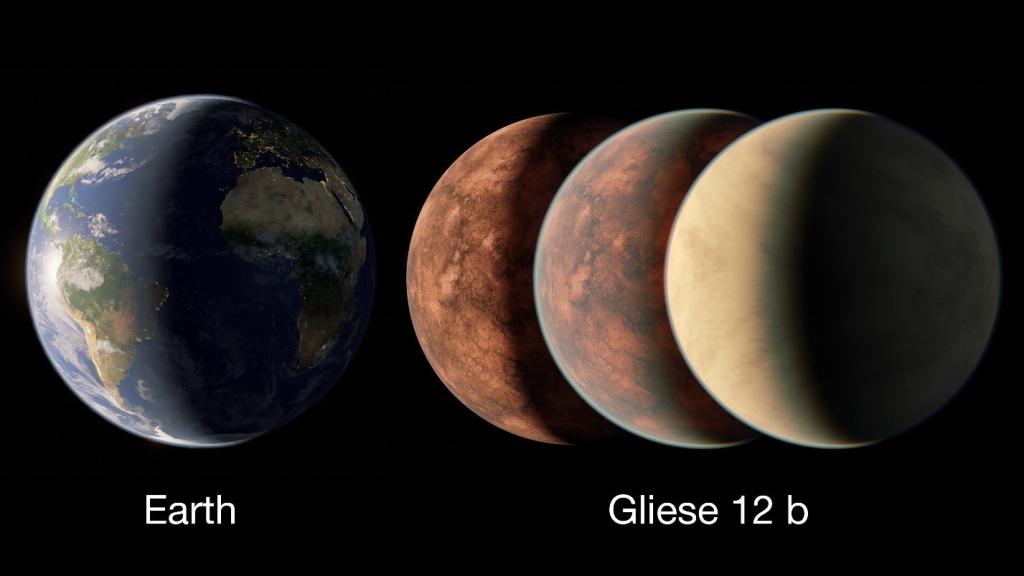Scientists have discovered Gliese 12 b, another potentially habitable planet that is one step closer to supporting human life. The planet has an average estimated surface temperature of 107 degrees F, making it just 50 degrees warmer than Earth. This makes it one of the lowest estimated temperatures out of approximately 5,000 exoplanets discovered to date. Gliese 12 b is slightly smaller than Earth and located just 40 light years away, making it a potential candidate for further exploration.
The discovery of Gliese 12 b makes it the nearest, transiting, temperate, Earth-size world located to date. The planet was discovered by an international team of scientists using NASA’s Transiting Exoplanet Survey Satellite (TESS), and is seen as a potential candidate for further examination by the James Webb Space Telescope. To determine if it is habitable, researchers will need to find out if it has an Earth-like atmosphere, which could harbor water on its surface – a key ingredient for life. Comparing the planet to Venus, scientists believe Gliese 12 b could be slightly more hospitable due to its distance from its red dwarf star.
The distance between Gliese 12 b and its red dwarf star is just 7% of the distance between Earth and the sun, meaning it receives 1.6 times more energy from its star compared to Earth. This puts it in between the energy received by Earth and Venus from the sun, making it a valuable planet for understanding the differences between these two planets in our solar system. Gliese 12 b’s atmospheric retainability will be impacted by the storminess of its star, although scientists believe the star’s energy source is not as tempestuous as other red dwarfs.
The research team is hopeful that Gliese 12 b will help advance our understanding of habitability on planets across the galaxy. They believe that Earth-size planets orbiting cool stars could retain their atmospheres, and studying Gliese 12 b could provide crucial information in this area. Scientists are eager to discover more potentially habitable planets in the future to better understand the diversity of atmospheres and evolutionary outcomes for these planets. With more exploration and study, humanity could potentially become a multi-planetary species with the discovery of worlds like Gliese 12 b.















